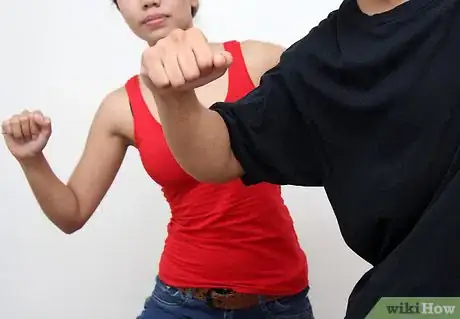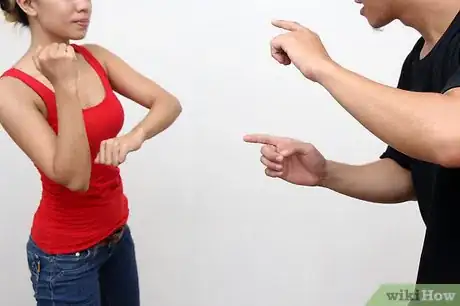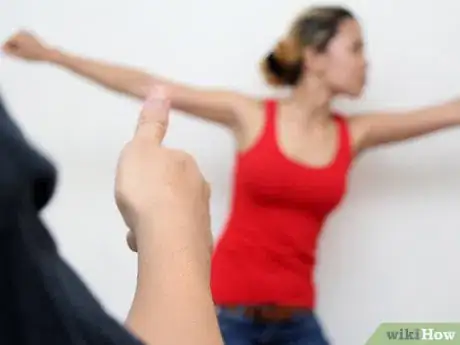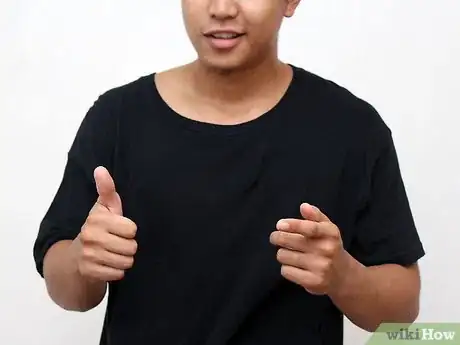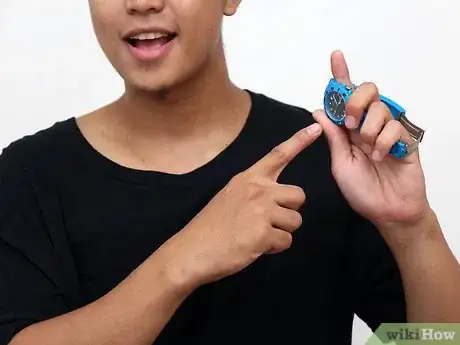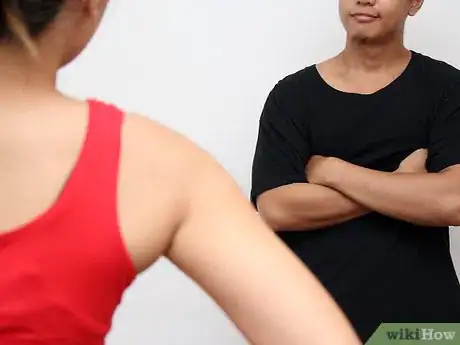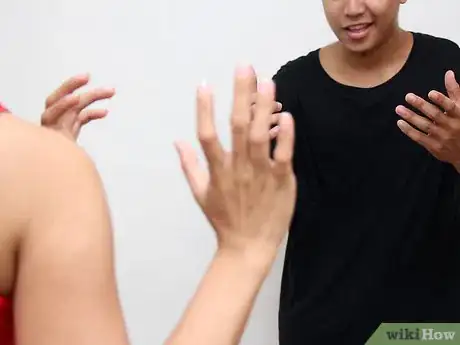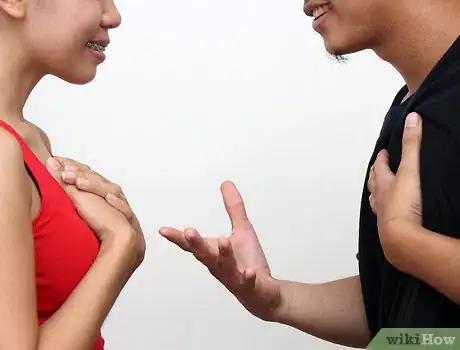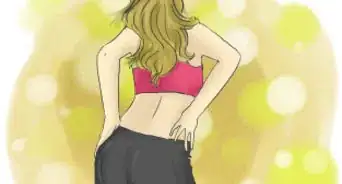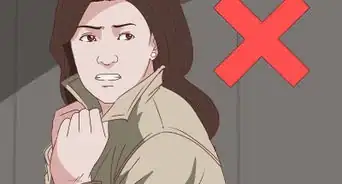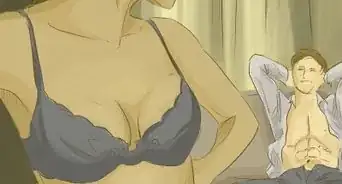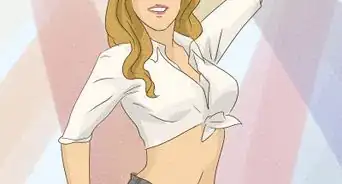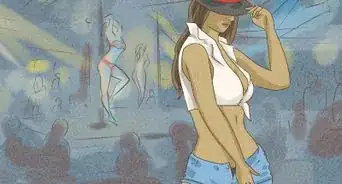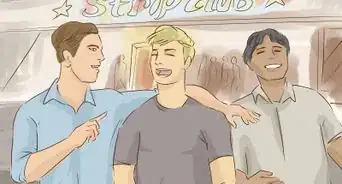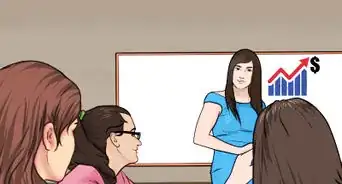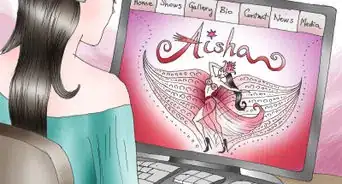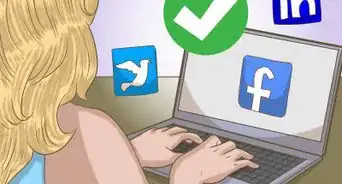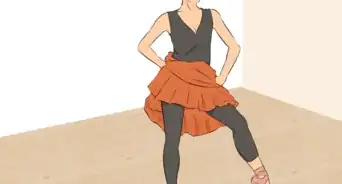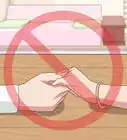This article was co-authored by Marilin Karst. Marilin Karst is a Fitness Choreographer, Health and Fitness Coach, and the Co-Owner of Fiesta Fit Sisters. With nearly 15 years of experience, she specializes in wellness coaching and fitness instruction. She studied fitness, nutrition, and leadership at the Instituto Peruano Del Deporte. Marilin is certified by the American Council on Exercise as both a Health Coach and a Personal Fitness Trainer-Health Fitness Instructor. She’s also certified to teach Zumba Basic, Zumba Toning, and Zumba Kids.
This article has been viewed 32,913 times.
Dance is a great way of expressing yourself. It makes us feel lively and happy. Most people new to dancing are embarrassed about their dancing skills and underestimate themselves. Dancers often don't understand this mindset and so can have trouble teaching such a student, so it takes some extra attention to their particular needs.
Steps
-
1Make your student comfortable. The most important thing to do while teaching someone to dance, especially a beginner, is to make her feel comfortable about herself and her skills. Encourage her to work hard on it, feel its beauty, have fun with it, and develop a liking for it.
- Everybody has a different level in every class, and your role is to make sure that everybody feels welcome.
-
2Start with simple steps. Boost your student's confidence by first teaching easy steps that she can quickly master. As she gets better at learning steps, slowly increase the bar of difficulty, but make sure to give her time to adapt to the harder moves.[1]
- If the person doesn't have much experience, start with lower body movements, then add upper body movements. This way, it might be less confusing for them.
Advertisement -
3Break down choreography. A long routine is difficult to learn, so break the steps down into smaller, bite-sized chunks and gradually build up to the full series of choreography.[2]
-
4Tailor routines to your student. While it's good to challenge your student in practice, performances should show off her skills, so pick steps that show what she's best at.[3]
- Make sure that you know what your student is expecting from your class. Is it meant to be more recreational or more technical?
-
5Have patience. Many people new to dancing will have trouble picking up steps that are second nature for more experienced dancers. Learning new steps or topics is difficult, so patience is crucial on part of the dancer as well as the teacher. As for a student, never give up on a step you can't get right. Its the teacher's job to identify what the student does best and adjust to students best dancing points rather than his/hers.
- Remember to offer advice on the techniques that your student is learning or to offer modifications if they are not able to follow all the steps that you're showing at this moment.
-
6Know when to take a break. If your student has been struggling with a tricky step, continuing to practice will often make them frustrated and block her learning. Taking a break and coming back to it the next day gives her time to absorb the step, letting it sink in without frustrating her. You'll often find that when you come back to that step the next day, your student will be able to pick it up much more easily than if you had tried to push through the frustration.
-
7Make sure your student practices. Practice is the key to excellence, for established dancers and beginners alike. Encourage your students to put their best into their practices and performances alike, as this is the best way to improve.
-
8Take it easy and let your student enjoy the dance. Dancing should be a way to emote, to feel and bring pleasure to one's soul. Forget yourself and the surroundings and dance like nobody's watching.
-
9Help your student understand the choreography. Explain the emotions behind each step, the musicality of the dance, and your overall vision for the dance to help her understand what she should be expressing in the dance.[4]
-
10Encourage your student to dance from the heart. Any dance that comes from deep feeling or emotion, from following the heart, will be a beautiful dance. The best way to enjoy a dance, and to make it look good, is to understand it on an emotional level. Your student should feel each step, maintain rhythm, dance with energy, and enjoy what she does.
Community Q&A
-
QuestionWhat if people make fun of me for dancing?
 Community AnswerSo what if they make fun of you. All that matters is that you're having a good time.
Community AnswerSo what if they make fun of you. All that matters is that you're having a good time. -
QuestionHow do I deal with a rude student?
 Buggylu25Top AnswererIf a student has a negative attitude and is rude to the instructor, it is best to take a deep breath and remain calm. Address the student objectively and respectfully, maintaining good manners. If at all possible, try to analyze the student's point of view determine why he or she is acting in such manner.
Buggylu25Top AnswererIf a student has a negative attitude and is rude to the instructor, it is best to take a deep breath and remain calm. Address the student objectively and respectfully, maintaining good manners. If at all possible, try to analyze the student's point of view determine why he or she is acting in such manner.
Warnings
- Do not force someone to do some step he/she doesn't want to do or is uncomfortable doing.⧼thumbs_response⧽
- If you are a student, do not dance to show off. Dance is a kind of worship, so be grateful to have it.⧼thumbs_response⧽
- Even though you are the teacher, do not forget that you should never stop learning. As you teach you can sometimes be fortunate enough to learn a thing or two from anyone, even the student, then be open to it because it's never too late to learn.⧼thumbs_response⧽
- Accept your students' suggestions and also try to accommodate them in your routine.⧼thumbs_response⧽
Expert Interview
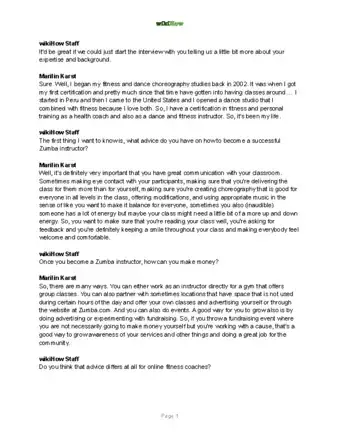
Thanks for reading our article! If you'd like to learn more about becoming a dance instructor, check out our in-depth interview with Marilin Karst.
References
- ↑ http://socialdance.stanford.edu/syllabi/teaching_tips.htm
- ↑ https://www.dance-teacher.com/making-it-stick-2392394710.html
- ↑ http://socialdance.stanford.edu/syllabi/teaching_tips.htm
- ↑ https://www.dance-teacher.com/making-it-stick-2392394710.html
- ↑ http://socialdance.stanford.edu/syllabi/teaching_tips.htm

